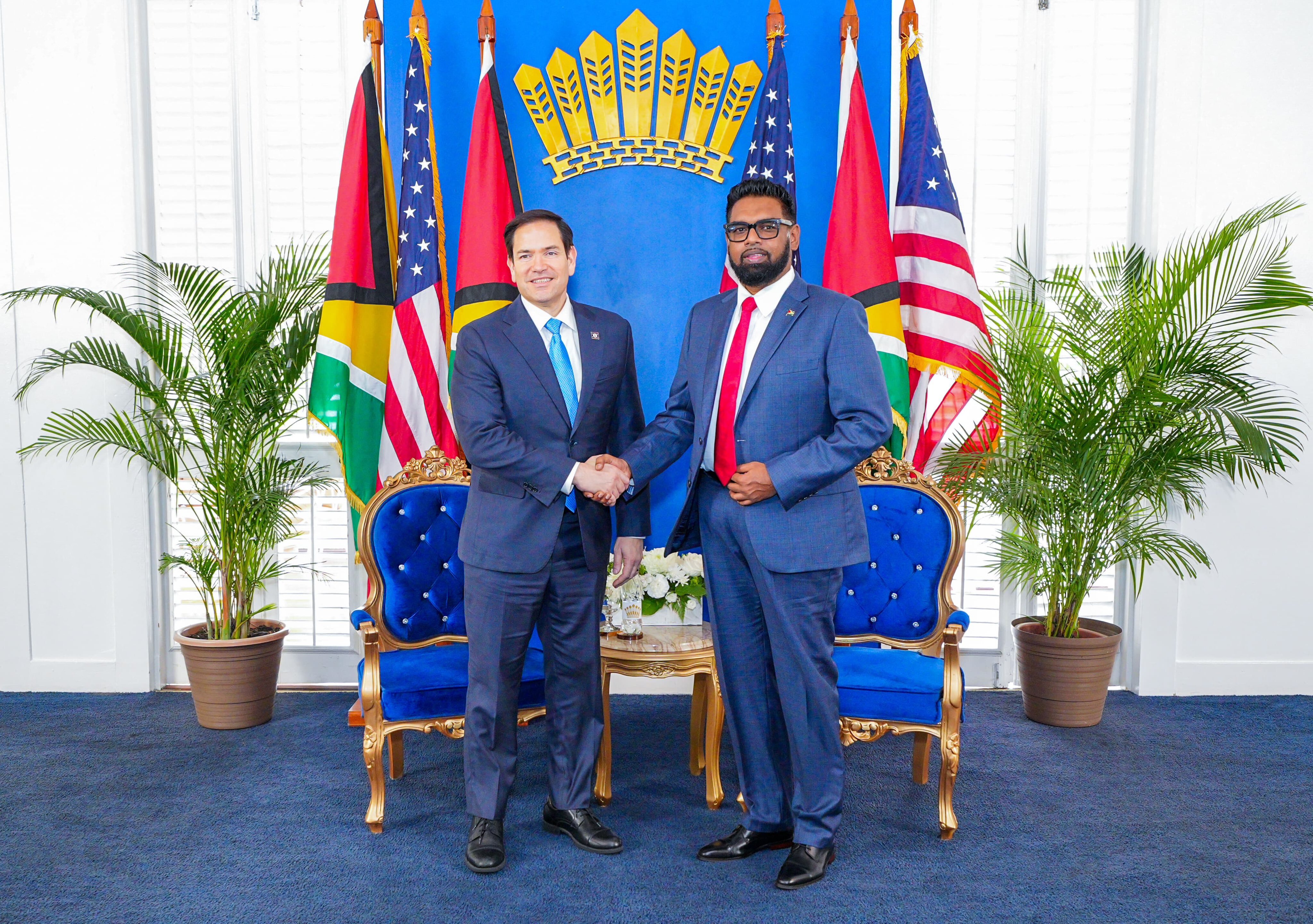The New Division of the Hemisphere
The New Division of the Hemisphere
Political and social leaders have to look beyond political differences and focus on preparing their people to compete in a global economy.
A bright new dividing line is emerging across the Americas. In the 1980s, colored maps used to show a divide based on Cold War geopolitics; the vogue in the 1990s was to show democracy vs. authoritarianism.
But the nature of democracy in Latin America is increasingly murky. There is no legitimate hemispheric alternative to democracy, but democratic elections by themselves do not, unfortunately, guarantee greater prosperity, political stability or social progress.
It's time for a new colored map based on a new gap in the hemisphere.
The rapidly emerging divide across the Americas, and the one that should be the top focus of regional leaders, is a willingness to integrate - or not - into the global economy. Competitiveness is key. Some countries are reaching out, taking concrete steps to prepare their people and their nations for the road ahead. Others are moving in the opposite direction, or simply allowing events totake their course while hoping for the best. The long-term implications for the hemisphere are dramatic and, compared with Asia, worrisome.
A comparison of the same commodity - energy - between Andean neighbors Bolivia and Colombia tells the story.
Sitting on massive natural gas reserves, Bolivia's constitutional democracy is under siege because it has failed to establish national consensus to develop them. In late May, its congress passed a law maintaining an 18 percent royalty currently paid by energy companies and establishing an additional 32 percent tax. On one hand, this goes against previously signed agreements with international investors and the international community. On the other, it goes against the wishes of thousands of street protesters who want the energy industry completely nationalized - satisfying no one.
Unable to quell demonstrations, President Carlos Mesa resigned, giving way to the fifth Bolivian president since 2001. Instability is driving away legitimate, long-term investors while encouraging political meddling from the coca growers and self-interested outsiders.
On the opposite end, Colombia recently hosted a major energy conference. The meeting showcased to more than 450 national and international participants the advances Colombia has made to improve security, support democratic governance and reform its energy sector to attract direct foreign investment, even as Colombia's neighbors are going in the opposite direction. Seeing opportunity in Andean region adversity, Colombia's leaders have taken concrete steps to attract investment. Working with neighbors Ecuador and Peru, Colombia has also led the effort for an Andean Free Trade Agreement with the United States to lock in reforms and build a long-term bridge.
Both Bolivia and Colombia struggle against the illegal narcotics trade, guerrilla activities and deep internal political divisions. In fact, Colombia's situation is without question more severe. Colombia is committed to making its way in the global economy, while Bolivia falls further and further behind.
Political and social leaders have to look beyond political differences and focus on preparing their people to compete in a global economy. Colombia is continuing to integrate with Venezuelan power grids despite recent political disagreements. Bolivia, however, stubbornly refuses to export natural gas through Chile, the most cost-effective route, because it lost its coastline to the Chileans during the War of the Pacific in 1884.
Chile, one of the hemisphere's bright spots, has already signed a free trade agreement with the United States and has forged strong ties with Asia. Brazil, with a "leftist" government, has done the same, looking to extend political and economic ties to Asia, Europe, and the Middle East.
In a broader sense, Latin American and Caribbean nations must increasingly realize what Asia has known for decades: investment is the lifeblood of development and, like electricity, it will follow the path of least resistance. Colombia's leaders understand this. Much of the rest of the hemisphere has yet to find its way. The time to begin is now.
Eric Farnsworth is vice president of the Council of the Americas. Luis Pinto is executive director of the council's Energy Action Group.








